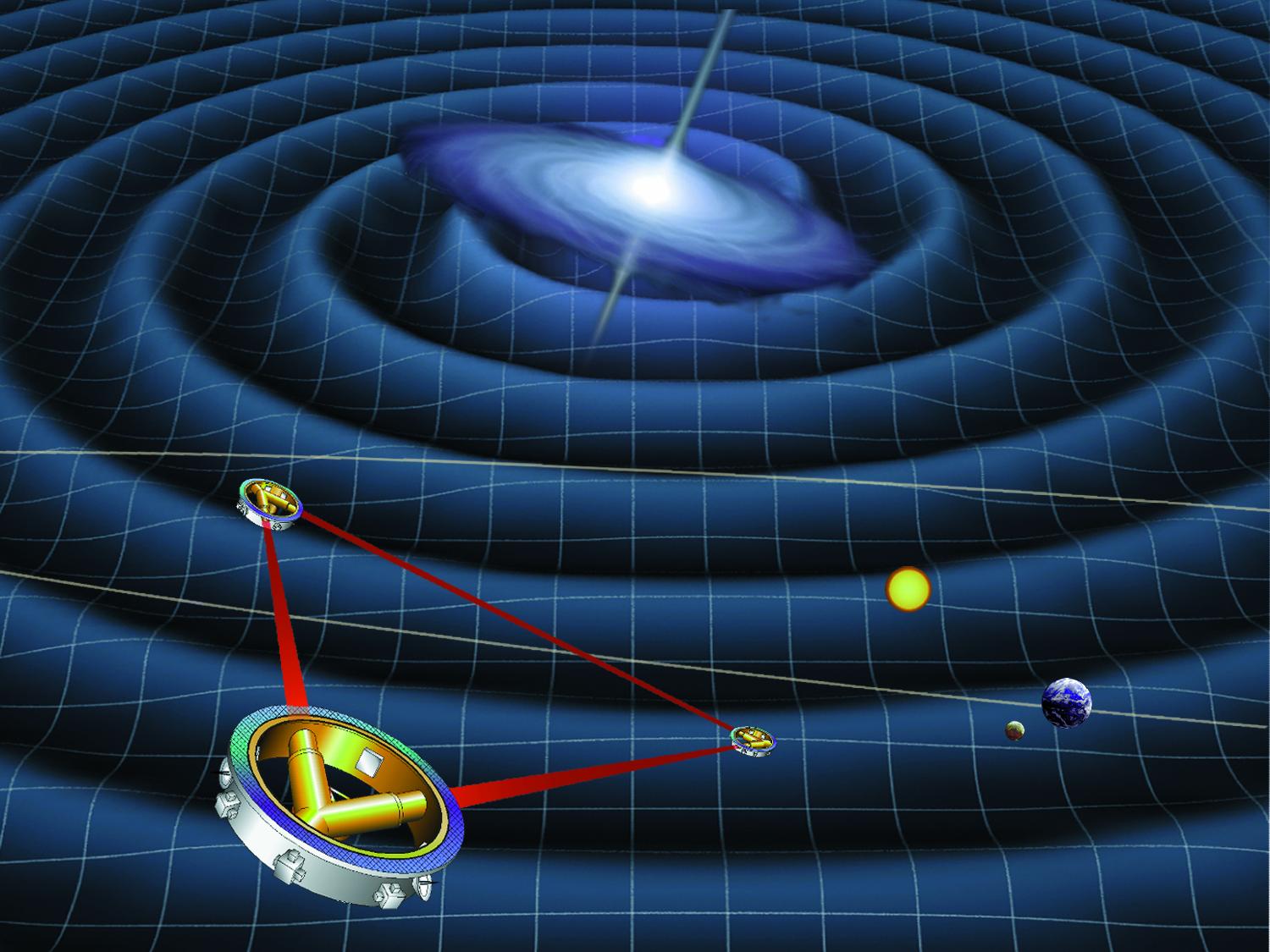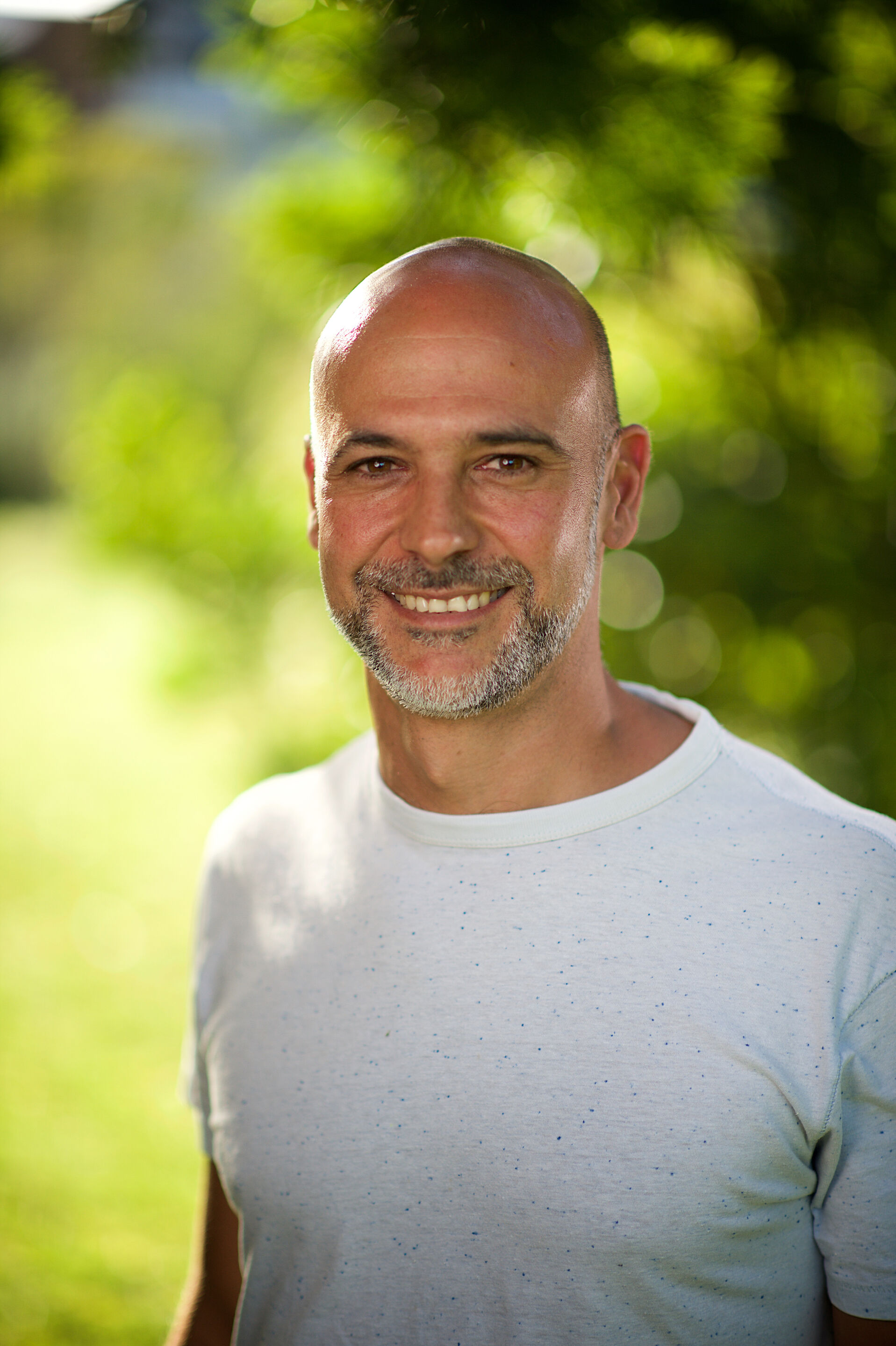The European Space Agency (ESA)’s Science Programme Committee (SPC) has formally approved the Laser Interferometer Space Antenna (LISA) mission, the third large mission of ESA’s Cosmic Vision Programme. LISAs member countries, including Norway, are now tasked with constructing the instruments, spacecraft, and ground segment. LISA should go into orbit in the mid 2030s and, for four years, will explore the Universe with gravitational waves.
– When two massive objects, like stars or black holes, move around each other, they cause the fabric of space-time to ripple, creating waves called gravitational waves, explains Professor David Mota from the Institute of Theoretical Astrophysics, University of Oslo.
The main astrophysical sources of gravitational waves include merger of black holes, collision of neutron stars, supernova explosion of massive stars. Also the Big Bang, the formation of the universe, is thought to have created a background of gravitational waves that are still present in the universe today. All these cosmic phenomena produce a tremendous amount of energy in the form of gravitational waves.
A new window to the Universe
Thanks to LISA, Norway, in collaboration with several European countries and the United States, will detect gravitational waves in the millihertz range, a regime not reachable from ground and where lots of astrophysical objects are thought to emit. These waves offer profound insights into various astrophysical and cosmological events occurring throughout the lifetime of the Universe.

LISA will consist of three equal spacecrafts, situated in the corners of an equilateral triangle with a distance between them of 2.5 million kilometers (more than six times the distance Earth–Moon). LISA is the largest interferometer ever built, dwarfing terrestrial counterparts by a factor of approximately one million!
Each spacecraft will use highly stable laser beams to measure the relative distance of the test masses they carry. As a gravitational wave passes by, “ripples” in the curvature of space-time will create a time-varying strain or stretching of space-time. LISA ́s three spacecraft will also oscillate together and apart by tiny amounts while trailing the Earth in its orbit around the Sun.
Groundbreaking discoveries ahead
LISA's exploration of the millihertz gravitational wave range promises to unveil entirely a virgin territory, and unexpected discoveries may arise.
– LISA will be able to test Einstein's theory of general relativity in new and more extreme conditions. This could lead to the discovery of new physics beyond Einstein's theory, says Mota.

Extrapolating from gravitational wave events beyond our own galaxy, researchers will uncover a myriad of binary black holes, providing information about their masses, spins, and orbits.
– This information will help scientists to understand how these black holes form, grow, and evolve throughout the universe, continues Mota. LISA will be able to detect a background of gravitational waves that was created in the early universe.
– This background will provide information about the conditions that existed in the universe just a few hundred thousand years after the Big Bang, he concludes.
In addition to these main science goals, scientists will benefit from LISA mission to study a variety of other astrophysical phenomena, such as the formation of galaxies, the evolution of stars, and the nature of dark matter.
Norway at the forefront of modern cosmology
However, untangling and interpreting these diverse sources presents a primary challenge for the LISA mission. Given their overlapping signals in frequency and time, isolating individual data streams necessitates cutting-edge data analysis strategies and robust computational resources. Leveraging Norway's renewable energy infrastructure and extensive scientific and technological expertise, a Norwegian consortium led by Germano Nardini, associate professor at the University of Stavanger, in collaboration with researchers at University of Oslo, University of Bergen, University of Stavanger and NTNU, will contribute to both aspects.
– The consortium will develop components of the data analysis pipeline, interpret scientific findings, and provide a cluster facility offering 50 million CPU hours per year to support the LISA ground segment, explains Nardini.
Researchers at the Institute of Theoretical Astrophysics are involved in the LISA science working group that aims to test gravity models beyond General Relativity and that aims to probe dark matter properties.
– We will contribute by making theoretical and numerical predictions to the gravitational waves form for several models of gravity and dark matter. These predictions will be implemented in gravitation waves templates that LISA will use to analyse the data, concludes Mota.
Contract agreements and construction commence immediately. The launch is scheduled in 2035 with an Ariane 6 rocket; LISA reaches the Lagrange point L5 in 2036 where, for the next four years at least, will collect data. A significant part of the Norwegian contribution to LISA is supported by the Norwegian Space Center with funding through ESA's Prodex programme.
With the adoption of LISA, the countdown to launch in 2035 has begun.
Press contacts
Institute of Theoretical Astrophysics, University of Oslo
E-mail: d.f.mota@astro.uio.no
More information:
- LISA Factsheet
- LISA consortium
- ESA Press Release, Capturing the ripples of spacetime: LISA gets go-ahead
